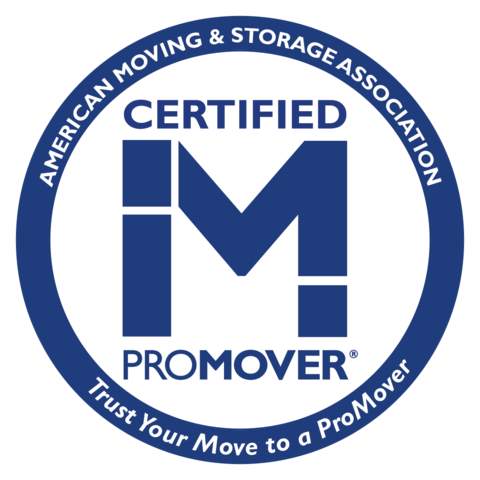METCALF MOVING BLOG
6 Box-Labeling Strategies From the Masters
When you get ready to move, your house may become an ocean of boxes. Boxes without a sound labeling system make it even worse.
In your new home, you open a box looking for plates and find spices. And who even knows where the paper towels are?
If you have the right approach to labeling your boxes, you won’t have trouble finding what you need. Follow these six steps to get ahead for your household move.
1. Stick to a System
Before you start packing, you need to come up with a system that works for you. The best ways to label moving boxes may depend on your time and your personality. Don’t try to stuff yourself into a method that clashes with your habits.
Keep in mind that whatever system you choose has to work while you pack. Saving the labeling for later rarely works out.
Do your research in advance, then make sure to get everyone packing on board with your plan. That way, you don’t end up with 100 boxes in one system and 200 boxes of chaos.
2. Color-Code Boxes
If you want to know at a glance where a box should go, one excellent system is to color code boxes based on the room.
Select a different color tape for each room and each person if you share bedrooms. Put a piece of tape around the edge of the box so you can see it from any angle.
Keeping items for the same room together makes moving faster and simpler. You may not always be able to do that, especially for large furniture or delicate items. But if you have a bunch of small boxes of the same size, you can easily stack them together.
3. Print Clearly on Labels
Who knew that moving time would be the moment you wish your handwriting were better? And yet, here you are. The more clearly you can write, the easier you (and your moving company) will read it.
Be sure to write in letters large enough that you can read them from the other side of a room. Plan to write the basics on each side of the box. Unloading will go faster that way.
4. Make an Inventory
A kitchen with 30 boxes labeled “kitchen” is a huge headache waiting to happen. If you want to simplify, include more detail.
Some people like to make a detailed inventory with numbered boxes, including what is inside each one. If you have time, it could speed up your unpacking process.
If not, just put a few words on the boxes to help guide you.
5. Aim for Visibility
Ultimately, your best bet is to label your boxes in a simple way to categorize and easy for anyone unpacking to read. You’ll probably have more boxes than you imagine.
Investing in nice labels and permanent markers that are easy to spot (and don’t run if they get wet) may be worth every penny.
6. Mark Appropriate Boxes as “Fragile”
Make sure that you designate all of the boxes containing delicate items as “fragile.” Perhaps go one step further and indicate “this end up” on those as well. This is essential so that those handling your delicate items will take extra care.
Pack It Up and Move It Out
Packing boxes is a big part of moving, and you want to keep it under control as much as you can. To learn more about how we can help you with your next move, ask us for a price quote.









